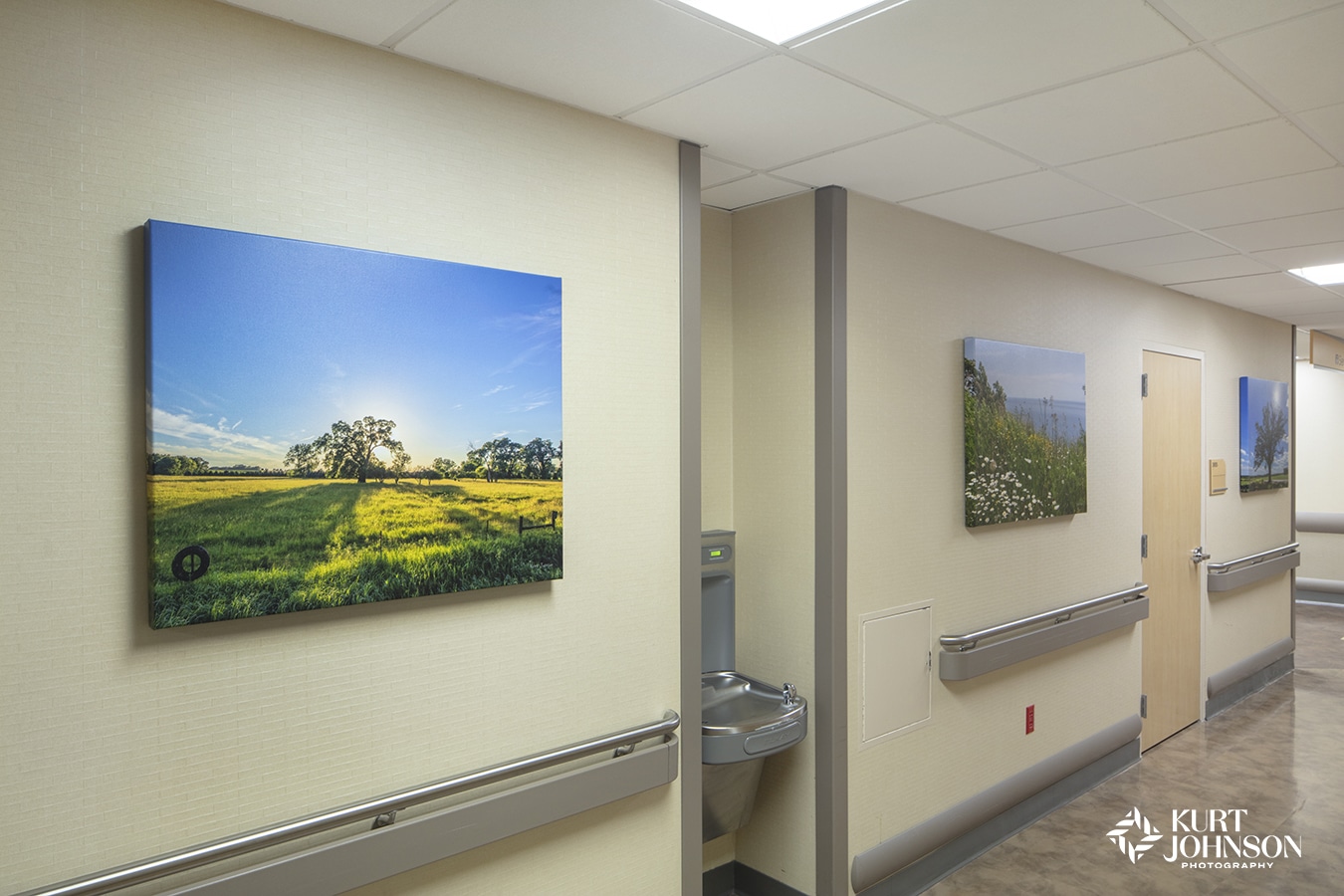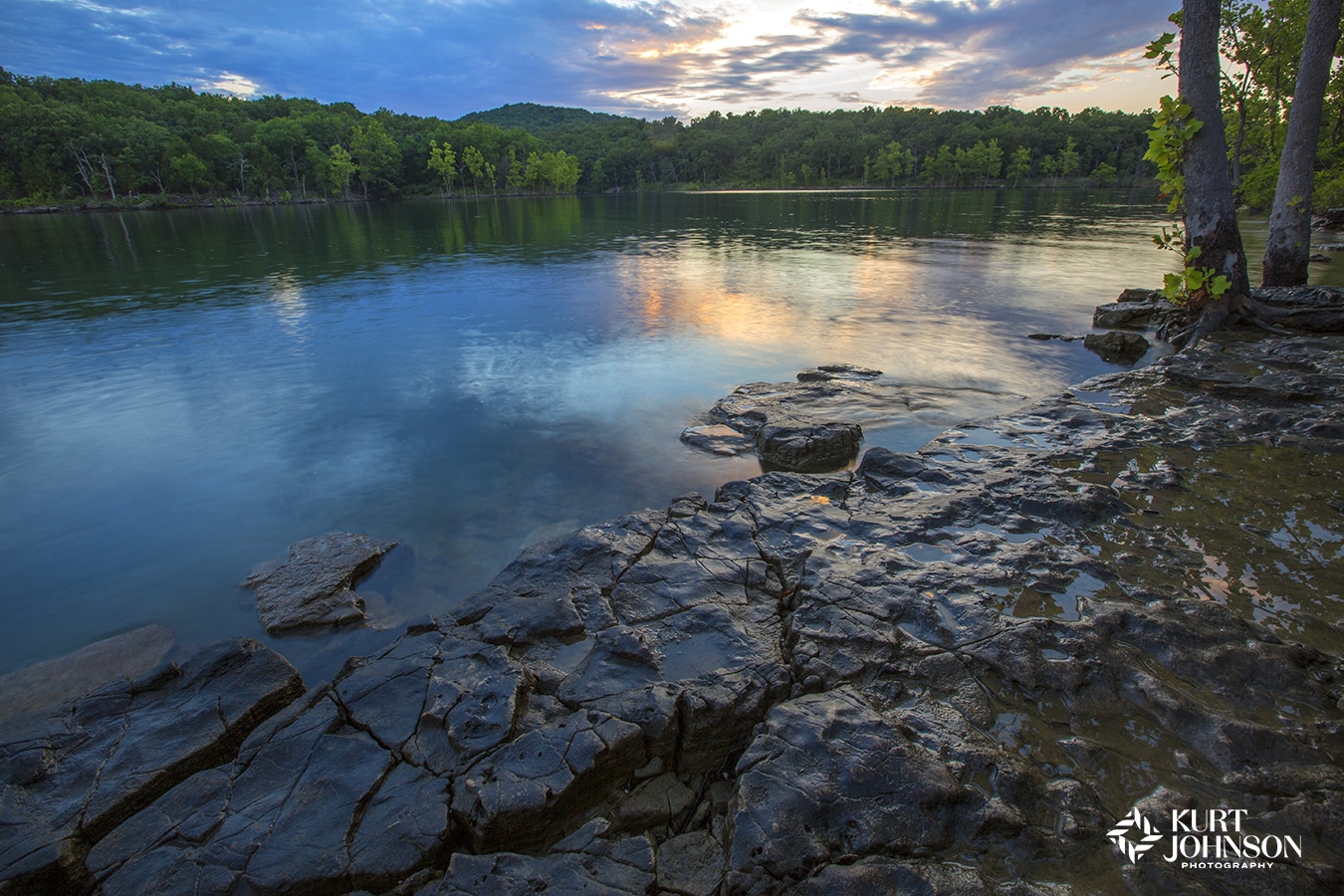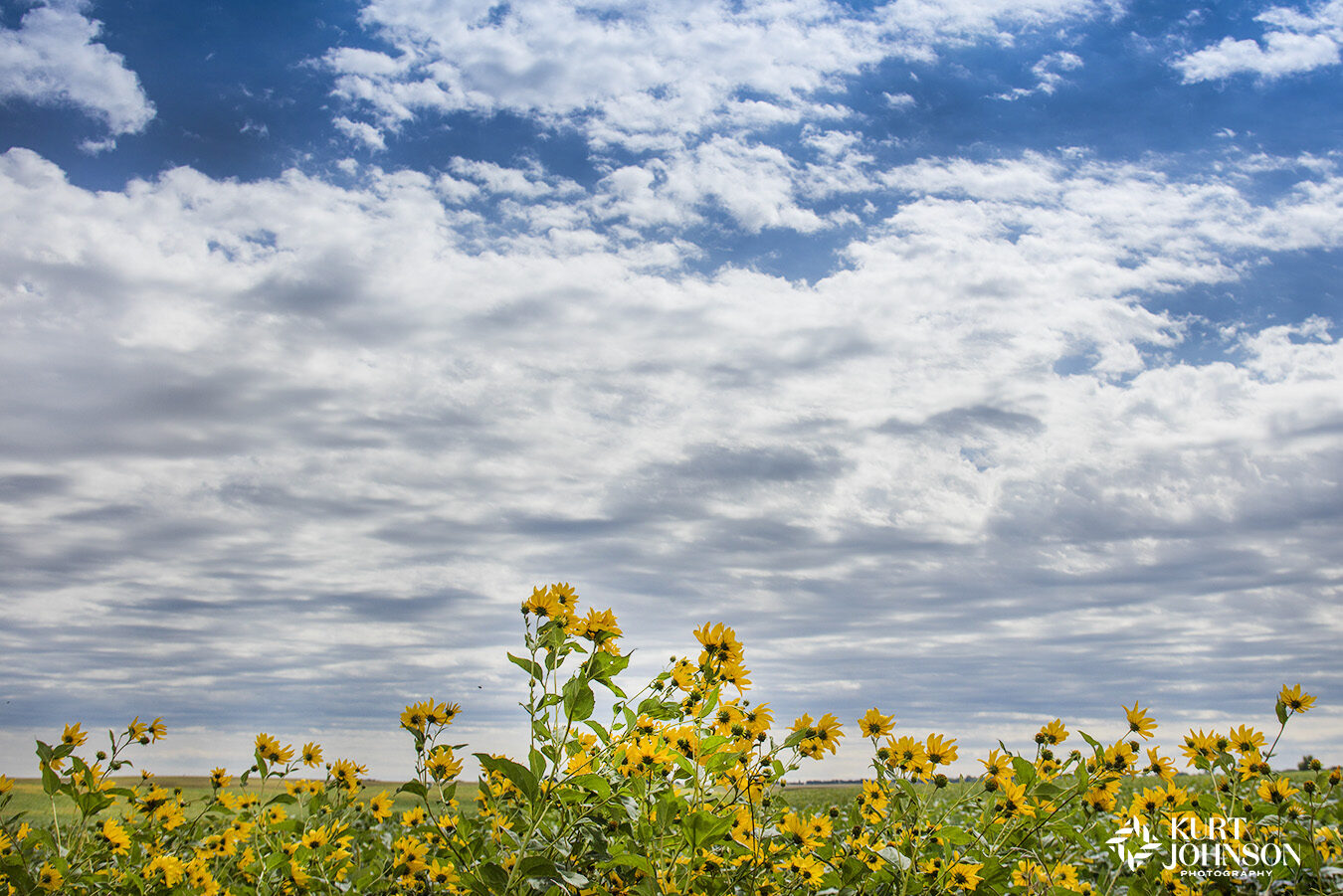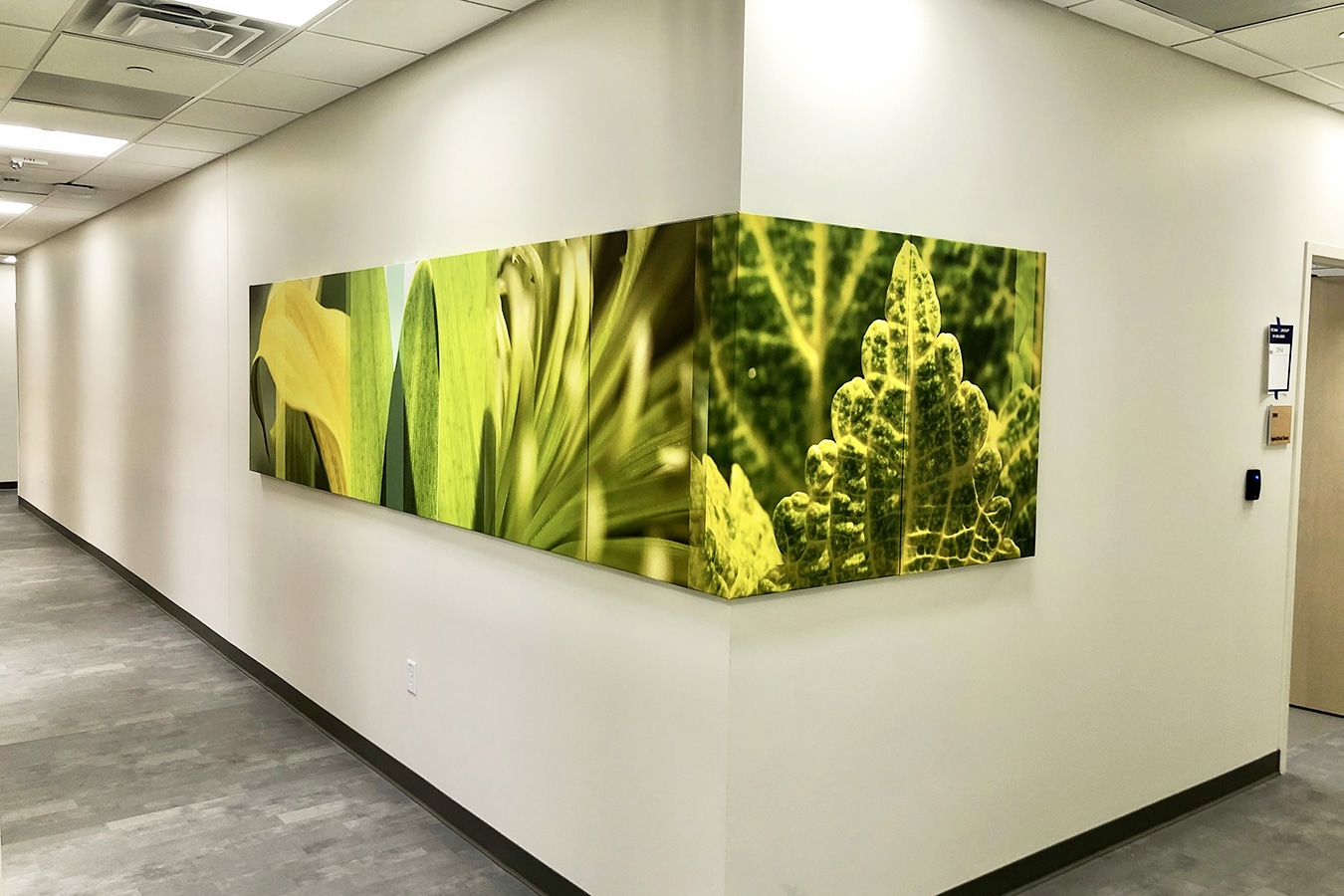6 Types of Nature Images with the Power to Heal

There’s no denying the healing power of nature, but as a society, we spend 90% of our time indoors, which limits our daily access to all of nature’s soothing benefits (Kellert 2015).
So how can we effectively bring nature into the spaces where we spend most of our time and, more importantly, to the spaces where we seek wellness, recovery, and healing? We’re going to talk about some important elements of biophilic design that lay the groundwork for identifying 6 types of nature images with the power to heal.

In his book, Nature by Design, author, environmentalist, and biophilic design pioneer Stephen Kellert, also known as the “Godfather of Biophilia” (catchy, right?!), talks about how biophilic design seeks to satisfy our innate need to affiliate with nature in modern buildings and cities, where we spend most of our time. He writes about our ancestral connection to nature and how it’s rooted deep in our DNA, affecting how we experience the world, even today.
But our increasing dependence on technology pushes us further indoors, keeping us from nature – the thing that research has shown provides the most benefits to our overall physical and mental wellness.

The good news?
Nature art has been shown to have many of the same benefits as actually being in nature.
So while we know there are benefits to things like taking a walk outside, having window views overlooking trees and wildflowers, and sitting by a waterfall or stream, it’s become harder to incorporate those things into our modern-day lives, especially when we’re talking about environments like hospitals and medical office buildings that have lots of regulations.
Hospitals and healthcare environments must be sterile. And they have limitations on the types of décor and materials that can be included in their design for understandable safety reasons.
So how can we bring the healing power of nature into healthcare environments when many facilities are older buildings with limited access to natural light? Nature art is an easy way to bring those benefits to built environments without needing to tear down walls.

Healthcare environments do life-saving work every day, and oftentimes shutting those hospitals and clinics down for a remodel isn’t worth the detrimental impact it can have on the community- with its most vulnerable members struggling to get care. That’s another reason we’re highlighting these 6 types of nature images with the power to heal.

“Much of the built environment today is so sensory deprived, it is sometimes reminiscent of the barren cages of the old-fashioned zoo, now ironically banned as “inhumane” (Heerwagen in Kellert and Finnegan, 2011).

In his book, Nature by Design, Kellert talks about the absence of nature in the built environment and how it leads to a “disconnect between people and nature. . . .” He emphasizes the importance of finding new ways to connect with nature through the use of biophilic design.
Kellert breaks down the elements of biophilic design into three categories:

The first category, direct experience of nature, involves bringing actual living plants indoors. It also includes having windows that allow access to natural light with views of gardens, trees, and other natural elements.
This is the best option, but also the hardest to achieve. Budgets, existing structures, safety concerns, and regulations, can all stand in the way of bringing nature indoors.
In the same way, the most rejuvenating place for your office would be in the middle of a forest where you can have meetings away from technology under a canopy of trees, it’s not really practical in modern-day society. And yet, according to Kellert, “actual contact with environmental features in the built environment including natural light, air, plants, animals, water, landscapes . . .” are extremely important to our mental and physical health.
And that’s where Kellert’s 2nd category, indirect experience of nature, comes into play. This includes using nature art to bring nature indoors. Kellert describes this as:
“The indirect experience of nature refers to the contact with the representation or image of nature, the transformation of nature from its original condition, or exposure to particular patterns and processes characteristic of the nature world. These include pictures and artwork, natural materials such as wood furnishings and woolen fabrics, ornamentation inspired by shapes and forms occurring in nature, or environmental processes that have been important in human evolution such as aging and the passage of time, information richness, natural geometries, and others.”

The third category, experience of space and place, refers to spatial features characteristic of the natural environment that have advanced human health and well-being. This type of biophilic design is applied by focusing on the distance between elements within the built environment that stems from evolutionary preferences.
Examples include prospect and refuge, organized complexity, mobility and wayfinding, and more.
As a group that creates nature photography, we’re going to focus on the indirect experiences of nature and show you how Kellert’s research is key to helping your healthcare environment unlock massive healing potential through these 6 types of nature images with the power to heal.
Indirect experiences of nature:

1. Images of Nature –
Images of nature provide all the benefits of outdoor nature scenes but in a format that can exist indoors. Kellert describes these as, “Images of plants, animals, water, landscapes, and geological features [that] continue to be common forms of contact between people and nature in the built environment.”
Kellert goes on to explain:
“. . .such images remain a frequently used strategy for enhancing contact with nature. . . “
We’ve seen the impact of this firsthand when we speak to nurses and other healthcare staff during installation. One nurse, originally against using part of the budget for artwork simply said, “I get it now,” after the nature images were installed.
Kellert concludes, “Studies have revealed that the more isolated people are from nature in the built environment, such as working in windowless spaces, the more likely they are to insert pictures of the natural world into their immediate surroundings.”

2. Images of Natural Materials –
According to Kellert, this can include things like “building materials, furnishings, fabric, or art. . .“ Natural textures and organic patterns are a big part of successfully bringing nature into the built environments.
Kellert highlights how, “Physical and psychological exposure to natural materials typically evokes a strong, and frequently satisfying and beneficial, human response.” He also writes about the allure of using fractal patterns to reduce stress levels, something we’ve touched upon in another blog that has some promising research behind it.

3. Images of Natural Colors –
Color may seem intuitive, and it’s easy to understand why. Kellert describes how early humans used color to “locate food and water, move safely within their environment, identify dangers and opportunities. . . .“
He talks about the ability of color to bring boring, monotonous environments to life. Specifically, colors that appear organically in nature can, “. . . transform an otherwise dull and lifeless space into one that seems distinctive and alive in both quality and appearance.”
Color has a way of invoking strong feelings of calm when we think about water images and the pull of verdant green vegetation. And also the hope of bright flowers just beginning to bloom in spring and our connection to life’s cycle of regrowth after the quiet of winter.

4. Images of Natural Light & Air –
When was the last time you looked up at a deep blue sky with scattered white clouds and didn’t feel better? Sunlight and fresh air cause a physical reaction in our bodies that immediately helps us feel like part of our natural surroundings. And, as Kellert points out, with so much of our day-to-day under, “continuous artificial lighting, processed air, and other forms of unnatural lighting and atmospheric conditions [we] appear less motivated, experience greater symptoms of illness, and perform less optimally.”
By replicating these scenes in the way of nature images and by simulating natural light and air, Kellert writes we have the power to “mitigate these negative effects.”

5. Images of Natural Shapes and Forms –
This idea of shapes and forms extends to things beyond artwork, and can even include design elements like furniture and the curve of interior walls and structures.
But in terms of nature imagery, focusing on the soothing and recognizable shapes and patterns within the natural world elicits, “the likeness of organic life,” allowing our brains to effortlessly feel a connection with nature.
Physicist Richard Taylor has studied these natural fractal patterns and believes our brains recognize natural patterns intuitively, creating a soothing response in our brain that has been shown to lower stress levels.

6. Images of Natural Age, Change, and the Patina of Time –
According to Kellert, all 3 of these elements are “basic features of natural living systems.” In the same way, the world doesn’t remain the same – it’s constantly evolving and changing. Images reflecting these natural life changes allow us to connect to healing nature views deeply, on a biological level. But without these types of organic transformations, the images become devoid of life and boring to viewers.
Kellert writes:
“The absence of change intimates an absence of life and fosters feelings of monotony and boredom. Designs that lack a sense of maturation, including the weathering effects of time and the vicissitudes of adaptation to changed circumstances, strike most people as artificial and inauthentic.” And with the speed at which artificial intelligence images are flooding the market, the warm and transformative power of organic nature images is more important than ever.
Click here for a free handy download with the basics of biophilic design and more examples of the right types of artwork you can use to create a true envrionment for healing.

Categories: Healing, Healthcare, Photography, Research












